Giro d’Italia heads into the mountains - Week two preview
Tuesday’s visit to the Apennines gives a taste of what's to come
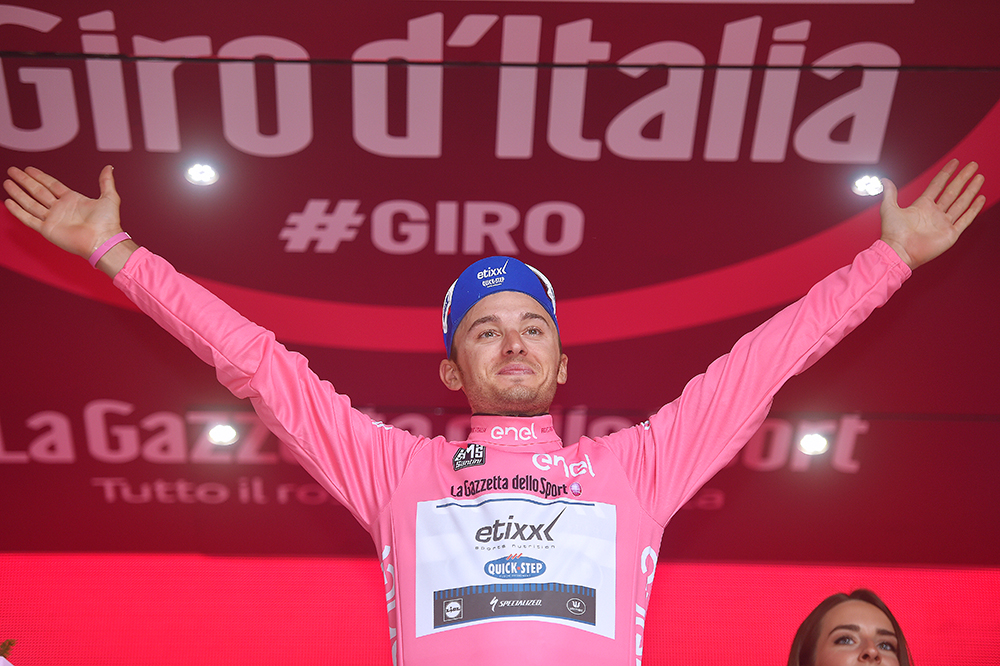
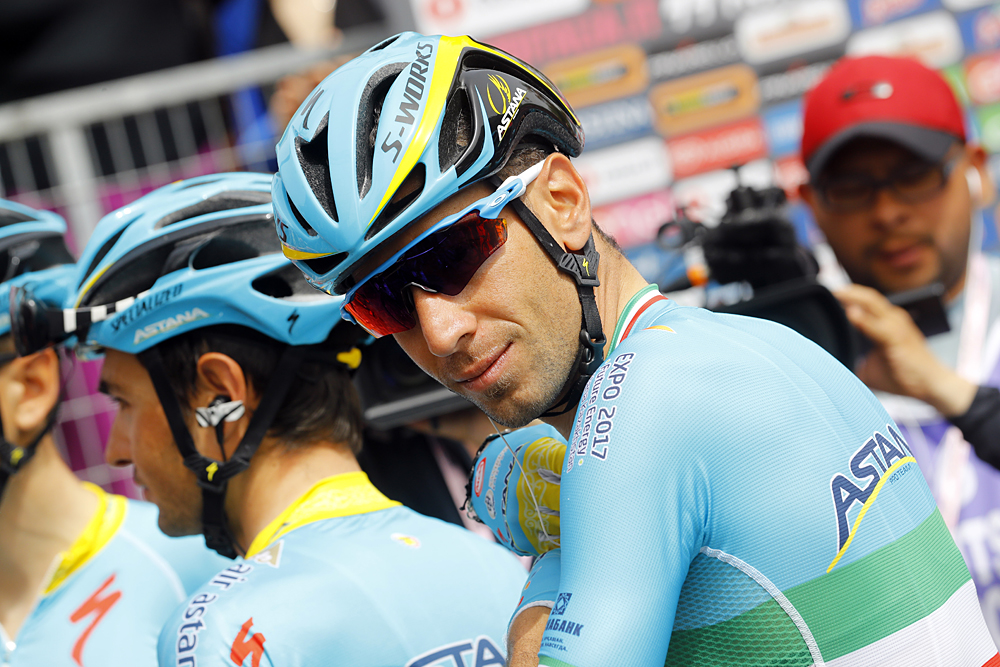
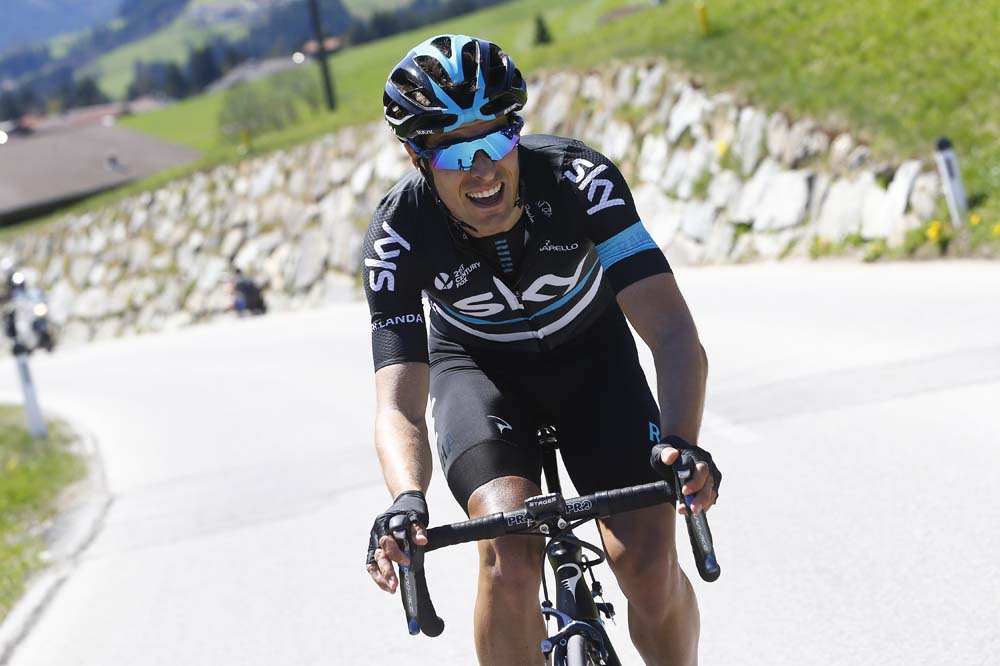
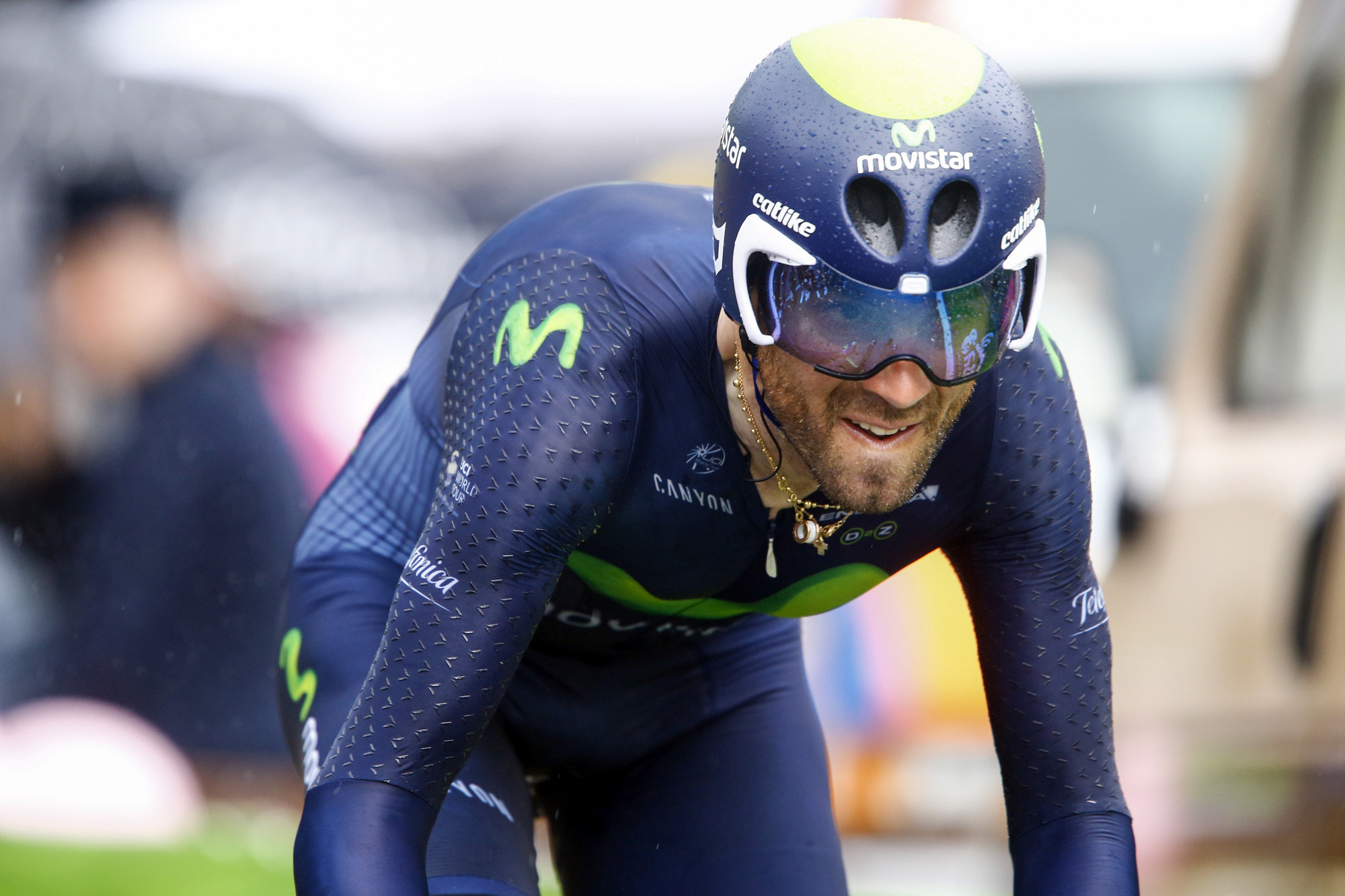
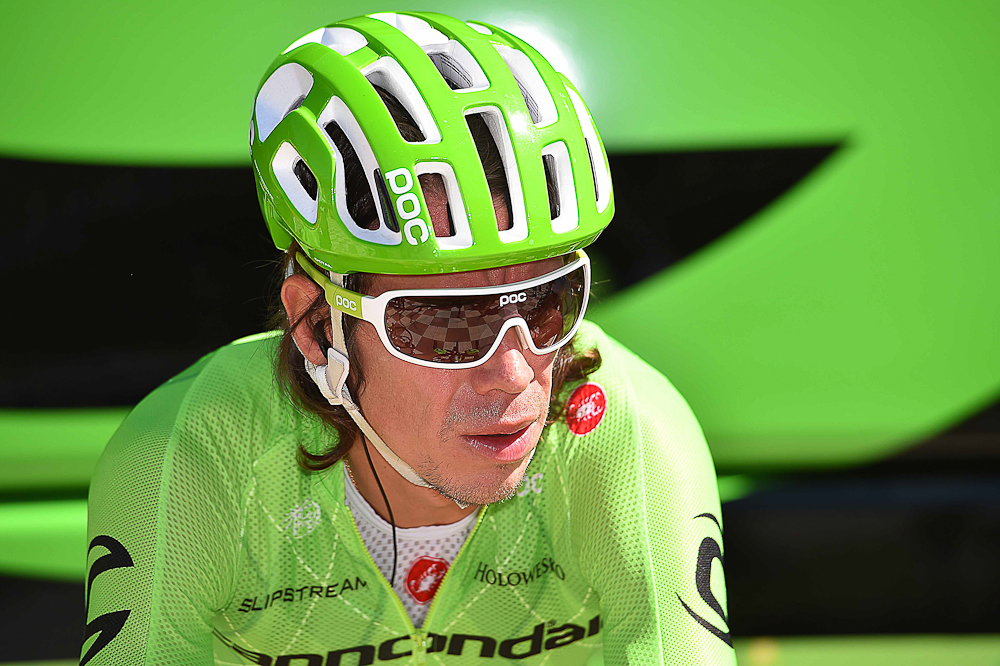
Following Monday’s rest day in Tuscany, the Giro d’Italia heads north and into the mountains in week two, with a testing stage in the Apennines and then the little-known Friuli mountains and the spectacular Dolomites book-ending the second week of racing.
This year’s Giro has very limited transfers, with stages for the sprinters to Asolo on Wednesday and then to Bibione north of Venice on Thursday, taking the race north and giving the overall contenders a chance to recover from their efforts.
However, before then they face yet another test of their form and concentration on Tuesday’s stage 10 from Campi Bisenzio near Florence to Sestola in the Apennines that divide Tuscany from Emilia Romagna. The finish comes after a steady 7.4 per cent climb but the attacks and gaps could come before then on the steep rolling roads that characterise the Apennines and that have often hosted surprise attacks and traps for any unwary overall Giro d’Italia contender.
The 219km stage includes almost 4000m of climbing, with two categorised climbs in the first half and then a long series of climbs and descents, twists and turns before the penultimate Pian del Falco climb – which kicks up at 9 per cent for the final three kilometres. The long series of climbs will test the strength of the overall contenders’ teams, with a teammate perhaps proving to be a vital ally in any attacks.
Gianluca Brambilla (Etixx-Quickstep) is a good climber but he will have to fight hard if he wants to defend his pink jersey for another day. The climbs will be a real test for Mikel Landa (Team Sky) and Tom Dumoulin (Giant-Alpecin) after they struggled on the dirt road climb outside of Arezzo and equally an opportunity for Vincenzo Nibali (Astana) and Alejandro Valverde (Movistar) to gain more time. The likes of Rigoberto Uran (Cannondale) and Esteban Chaves (Orica-GreenEdge) will also be looking to bounce back after their disappointing time trials and the road to Sestola offers an early chance to fight back.
Something for the sprinters
Marcel Kittel (Etixx-Quickstep) has already bailed out of the Giro d’Italia and Elia Viviani (Team Sky) and Jakub Mareczko (Wilier-Southeast) have failed to make it to the second rest day, giving Andre Greipel (Lotto Soudal) an even better chance of winning further sprints in week two, most likely before heading home from nearby Venice airport.
Get The Leadout Newsletter
The latest race content, interviews, features, reviews and expert buying guides, direct to your inbox!
The sprinters that stay in the Giro d’Italia face three days of suffering in the mountains before stage 17 to Cassano d’Adda.
Into the high mountains
The Giro d’Italia heads to the Dolomites via a visit to the little-known Giulie Alps to the east of Udine and close to the border with Slovenia.
The 13th stage between Palmanova and Cividale del Friuli is only 170km long but has been given four stars by the official race book, indicating its true difficulty. It has two tough climbs mid-stage, followed by 30km of flat road before two final climbs and a nerve-racking descent to the finish, all on twisting country roads. The climbs are all over 8 per cent, with the Cima Porzus at 8.9 per cent for virtually all of the 6.7km. The Valle climb is a kilometre shorter but almost as equally steep and so will no doubt spark some kind of natural selection amongst the overall contenders.
The riders could actually be grateful for getting a taste of some real mountains before they hit the Dolomites. Stage 14 from Alpago to Corvara will be the most spectacular stage of the race and also one of the hardest, with six major climbs packed into the final 120km of the 201km stage.
The stage follows much of the legendary route of the Maratona dles Dolomites Gran Fondo, which this year celebrates its 30th year by hosting the Giro d’Italia. The route includes the Passo Pordoi, the Passo Sella, Passo Gardena, Passo Campolongo, the terrible Passo Giau and the Passo Valparola before the descent to the finish in Corvara, all surrounded by the unique peaks of the Dolomites. They are climbs that every cyclist should conquer at least once in a lifetime and will surely produce a great day of racing.
If the battle for the pink jersey remains close even at this point, then Sunday’s 10.85km mountain time trial, or cronoscalata, will surely produce some time differences.
The opening two kilometres are flat but then the road rises at an average of 8.4 per cent all the way to the finish at Alpe di Siusi. The mountain time trial was first introduced in 1936 and has become regular fixture in more recent years. In 2014, Nairo Quintana won the mountain time trial to Crespano del Grappa before going on to win the race overall
This year’s stage will be important but the Alpine climbs of the final week on the road to Risoul and Sant-Anna di Vinadio will decide who pulls on the final pink jersey in Turin on May 29.

Stephen is one of the most experienced member of the Cyclingnews team, having reported on professional cycling since 1994. He has been Head of News at Cyclingnews since 2022, before which he held the position of European editor since 2012 and previously worked for Reuters, Shift Active Media, and CyclingWeekly, among other publications.